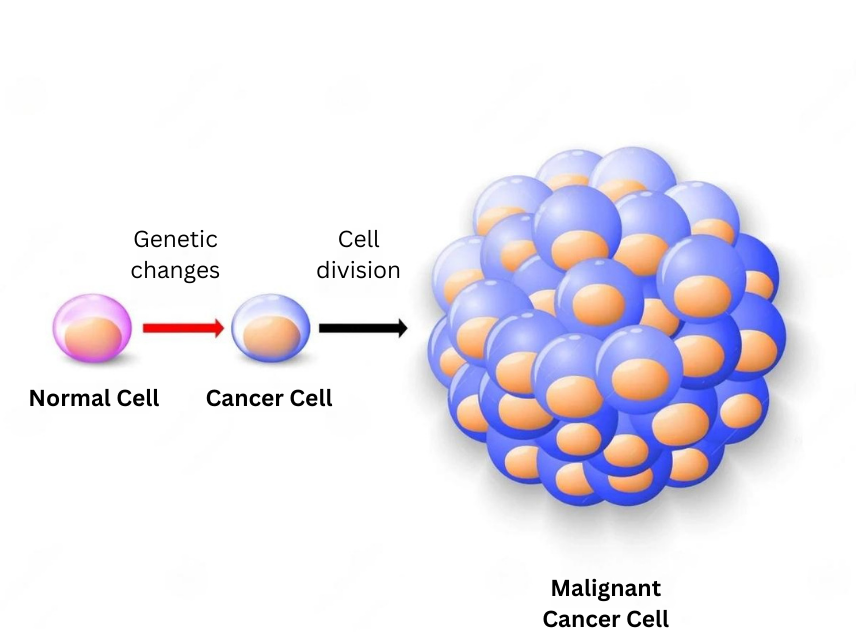Did you know that cancer is not just one disease?
Indeed, as there are over 200 different types of cancer that can affect individuals. Each type of cancer can cause various symptoms and requires different treatment approaches.
To illustrate, when experiencing chest pain, the underlying reasons could be a heart attack, a lung infection, indigestion, or a broken rib cage.These are all distinct medical conditions that require different treatments.
Similarly, how two different chest pains are not indicative of the same medical problem, likewise two different types of cancers are uniqueand require different treatments.
Therefore, it’s crucial not to accept everything you hear from other people with cancer since each person’s situation is different.


